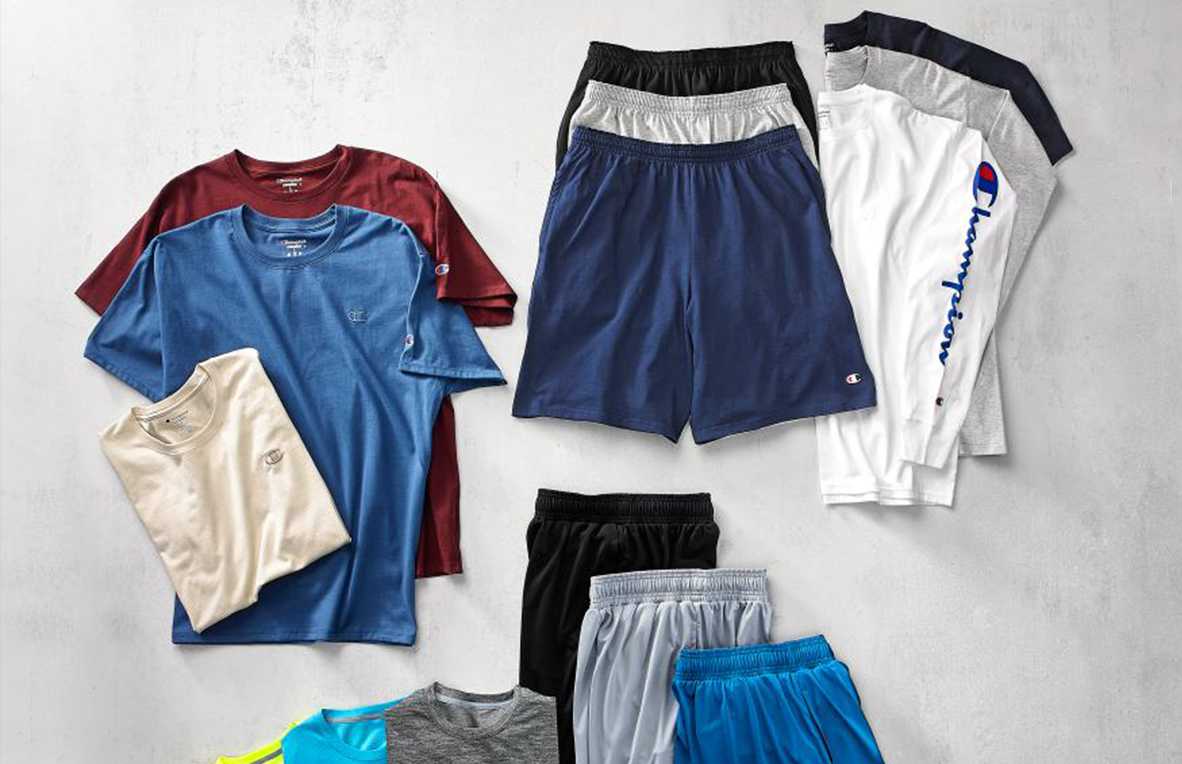
Types of Moisture-Wicking Fabrics
Want to stay dry during your workout? Pay close attention to what your activewear is made out of. We’re here to break down the type of fabrics you should keep an eye out for when shopping for activewear. That’s where moisture-wicking fabrics come in…
Shop Women’s Activewear
Shop Men’s Activewear
Shop Kids’s Activewear

What are moisture-wicking fabrics? Moisture-wicking fabrics are fabrics with the ability to pull moisture away from the skin using tiny, built-in capillaries. Moisture is drawn to the exterior of the fabric, which makes it easier to evaporate.

Why use moisture-wicking fabrics for activewear? Moisture-wicking fabrics are perfect for activewear pieces because they help keep the body dry when you start to sweat from exercise or other types of exertion. Basically, no one wants to endure a workout, hike or run wearing a sweat-soaked T-shirt, and thanks to moisture-wicking fabrics, you don’t have to.

What are common types of moisture-wicking fabrics? Moisture-wicking fabrics contain certain synthetic fibers and natural fibers you should look out for. The following utilize moisture-wicking capabilities. When in doubt? Be sure to read the label of your clothing fully, as some have other great features including quick-drying, anti-odor, water-repellant or water-resistant capabilities..
Synthetic Fibers:
- Polyester
- Polypropylene
- Nylon
- Spandex
- Nike Dri-Fit
Natural Fibers:
- Bamboo
- Wool

What about cotton? Cotton is not a moisture-wicking fabric., yet it absorbs sweat and can often become heavier and uncomfortable during your sweat sesh. You don’t have to count it out altogether. Look to cotton blends if you’re engaging in a low-impact exercise like yoga or weight training.

How to Layer Moisture-Wicking Fabrics.
Follow these steps to create warm layers.
- Base Layer: since this is the layer that’s closest your skin, this is when a moisture-wicking tee or tank is most useful. During cold months, it’s also important to make sure this layer is insulated to keep your body heat in.
- Mid Layer One: a breathable T-shirt is ideal.
- Mid Layer Two: a fleece or thermal jacket used for warmth.
- Outer Layer: waterproof outerwear will come in handy. Consider a hiking jacket that also breathable for the ultimate comfort.



